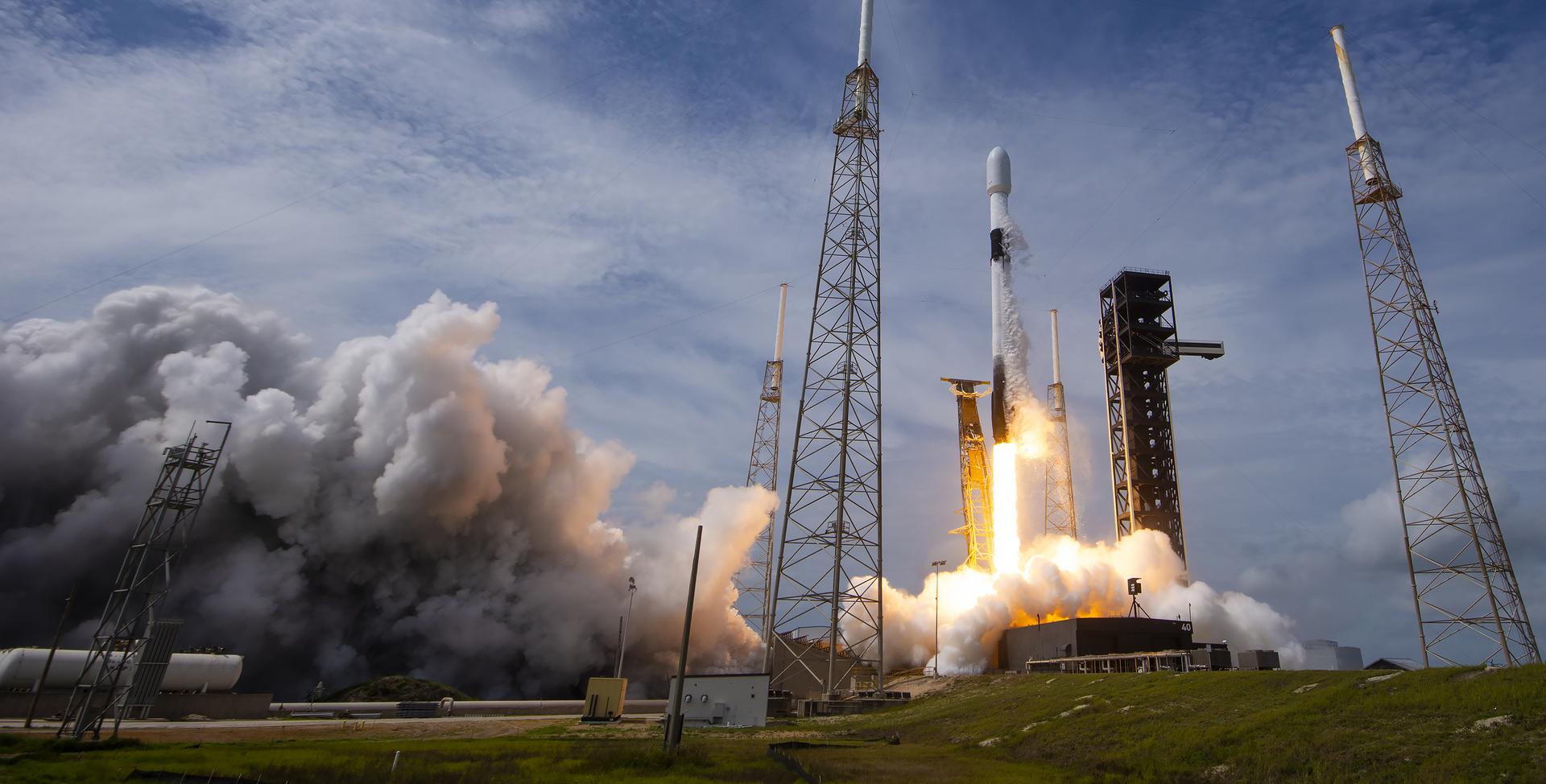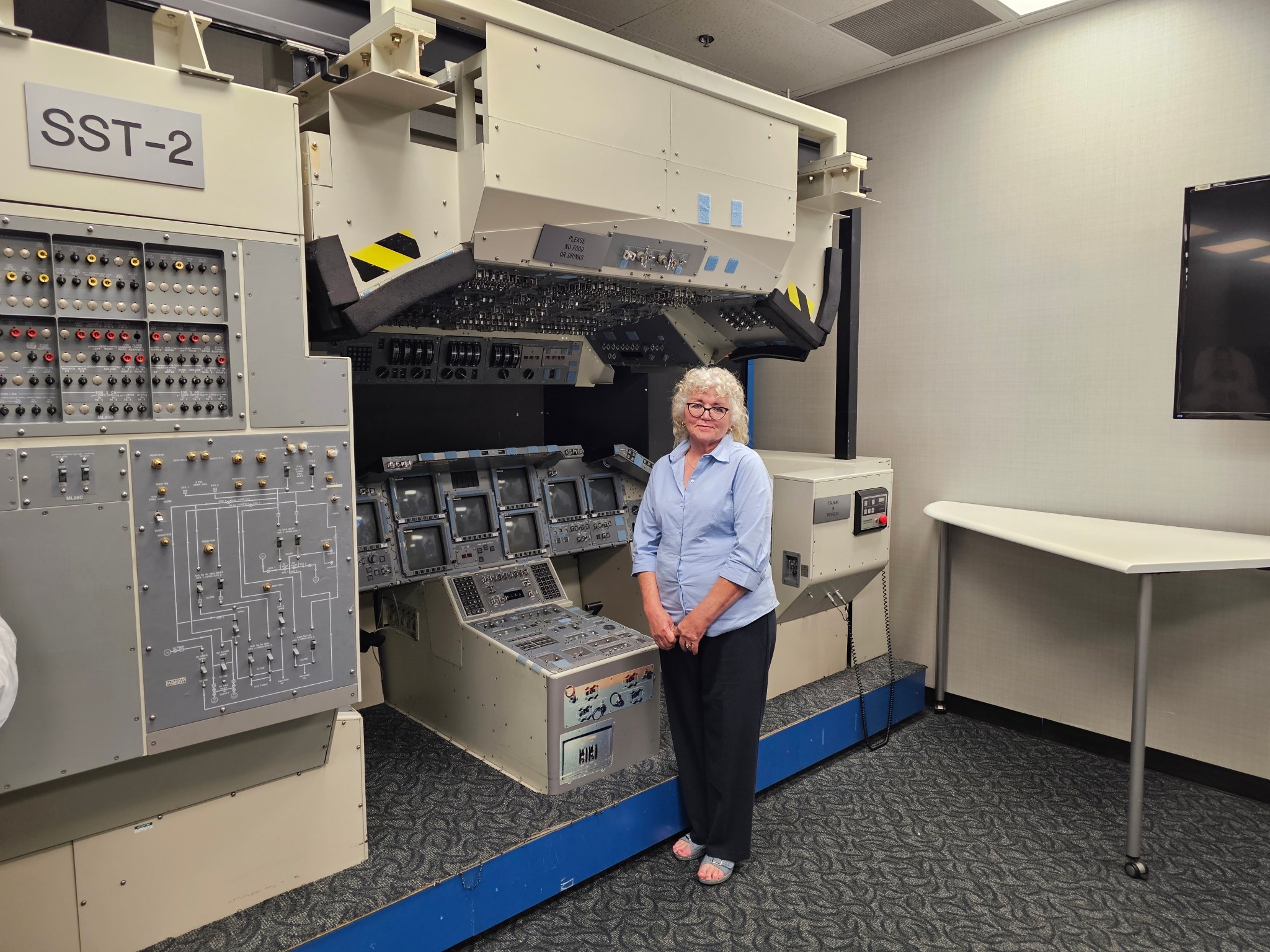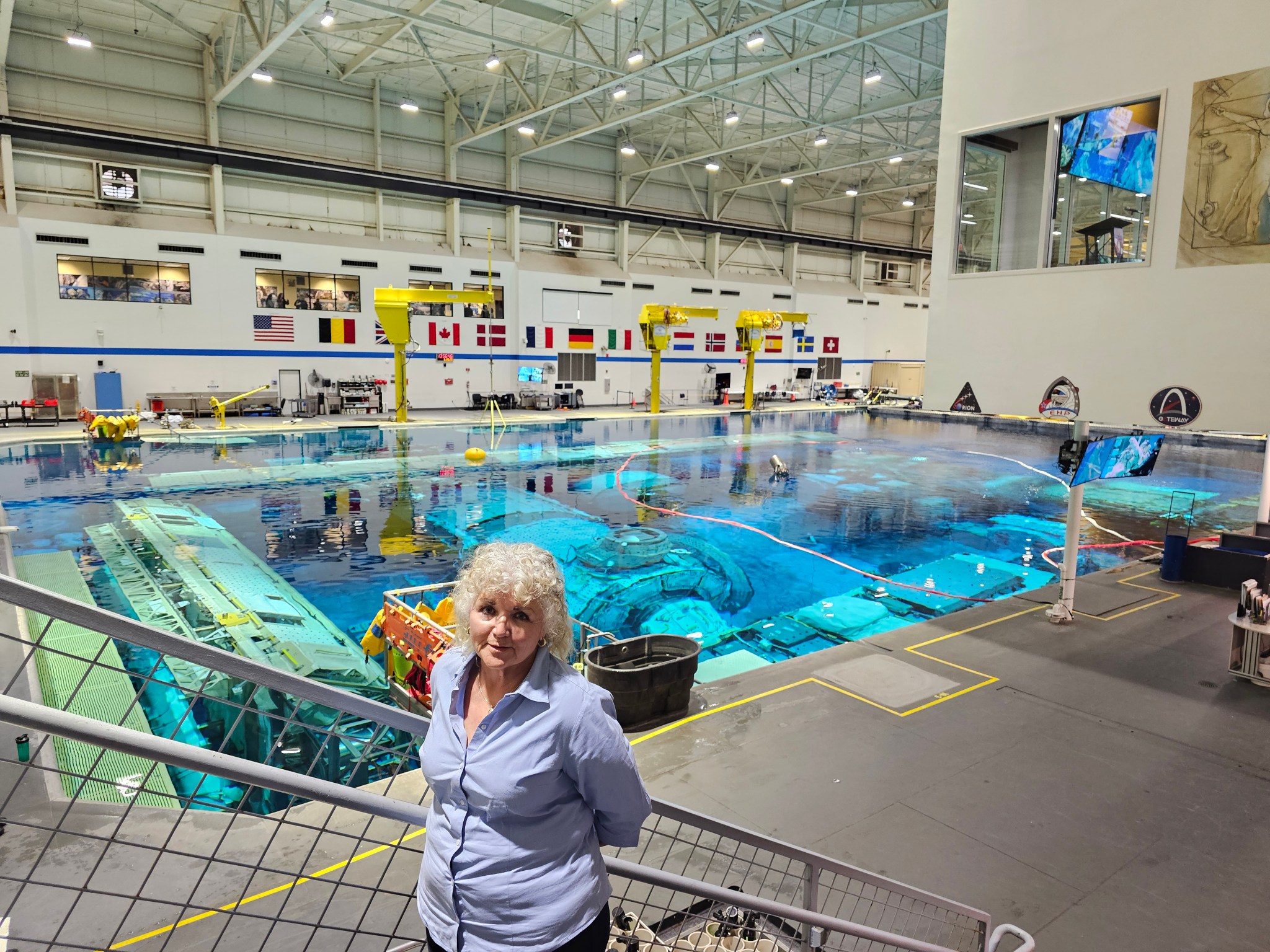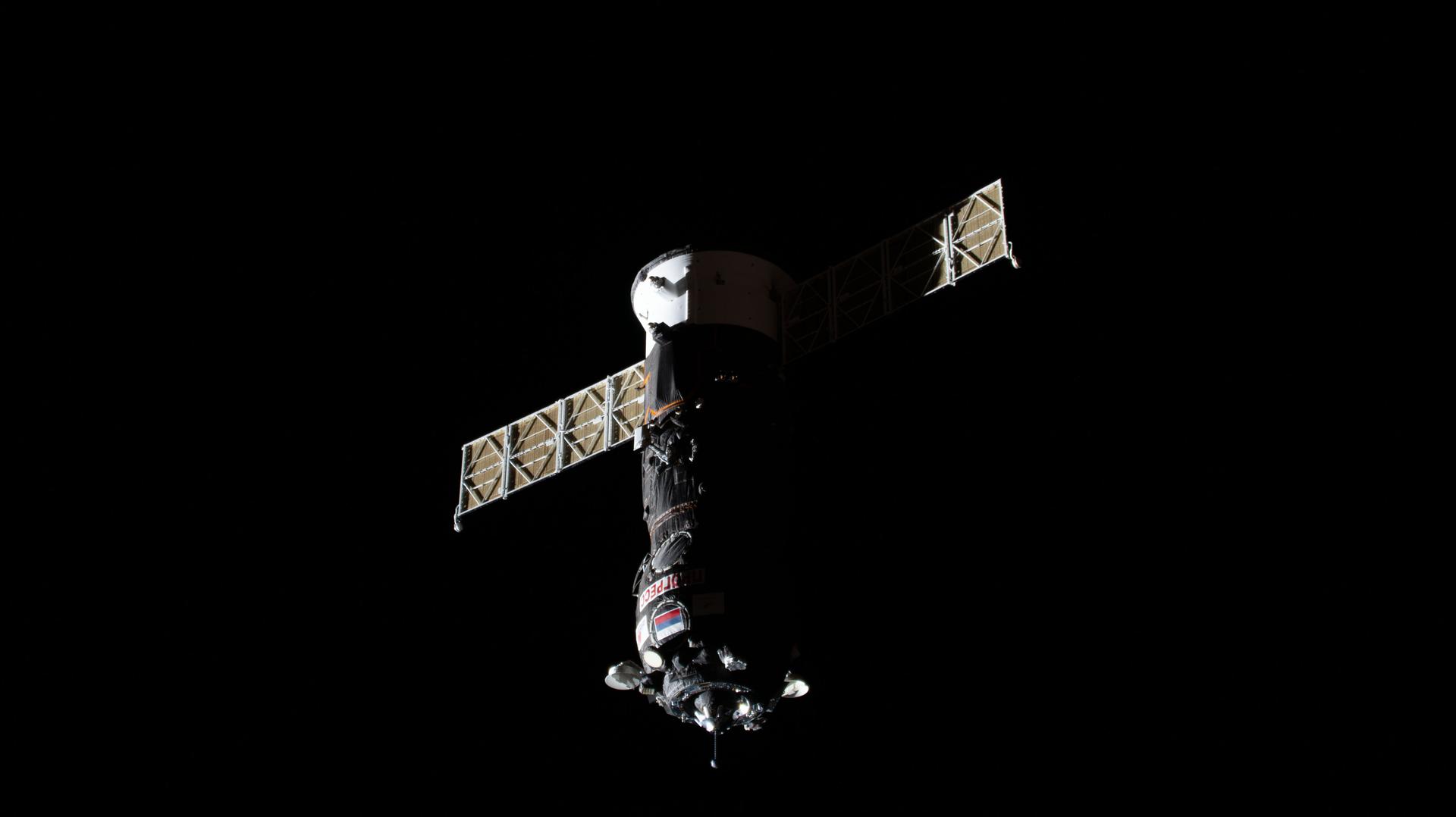NASA Science, Cargo Launches Aboard Northrop Grumman CRS-23
NASA is sending more science, technology demonstrations, and crew supplies to the International Space Station following the successful launch of the agency’s Northrop Grumman Commercial Resupply Services 23 mission, or Northrop Grumman CRS-23.
The company’s Cygnus XL spacecraft, carrying more than 11,000 pounds of cargo to the orbiting laboratory, lifted off at 6:11 p.m. EDT Sunday on a SpaceX Falcon 9 rocket from Space Launch Complex 40 at Cape Canaveral Space Force Station in Florida. This mission is the first flight of the larger, more cargo-capable version of the solar-powered spacecraft.
Cygnus XL is scheduled to be captured at 6:35 a.m. on Wednesday, Sept. 17, by the Canadarm2 robotic arm, which NASA astronaut Jonny Kim will operate with assistance from NASA astronaut Zena Cardman. Following capture, the spacecraft will be installed to the Unity module’s Earth-facing port for cargo unloading.
The resupply mission is carrying dozens of research experiments that will be conducted during Expedition 73, including materials to produce semiconductor crystals in space and equipment to develop improvements for cryogenic fuel tanks. The spacecraft also will deliver a specialized UV light system to prevent the growth of microbe communities that form in water systems and supplies to produce pharmaceutical crystals that could treat cancer and other diseases.
These are just a sample of the hundreds of scientific investigations conducted aboard the station in the areas of biology and biotechnology, Earth and space science, physical sciences, as well as technology development and demonstrations. For nearly 25 years, NASA has supported a continuous U.S. human presence aboard the orbiting laboratory, where astronauts have learned to live and work in space for extended periods of time. The space station is a springboard for developing a low Earth economy and NASA’s next great leaps in exploration, including Artemis missions to the Moon and American astronaut missions to Mars.
NASA’s arrival, capture, and installation coverage are as follows (all times Eastern and subject to change based on real-time operations):
Wednesday, Sept. 17
5 a.m. – Arrival coverage begins on NASA+, Amazon Prime, and more.
6:35 a.m. – Capture of Cygnus XL with the space station’s robotic arm.
8 a.m. – Installation coverage begins on NASA+, Amazon Prime, and more.
All coverage times are estimates and could be adjusted based on operations after launch. Follow the space station blog for the most up-to-date information.
Cygnus XL is scheduled to remain at the orbiting laboratory until March 2026, before it departs and disposes of several thousand pounds of trash through its re-entry into Earth’s atmosphere, where it will harmlessly burn up. The spacecraft is named the S.S. William “Willie” C. McCool, in honor of the NASA astronaut who perished in 2003 during the space shuttle Columbia accident.
Learn more about this NASA commercial resupply mission at:
https://www.nasa.gov/mission/nasas-northrop-grumman-crs-23/
-end-
Josh Finch / Jimi Russell
Headquarters, Washington
202-358-1100
joshua.a.finch@nasa.gov / james.j.russell@nasa.gov
Steven Siceloff
Kennedy Space Center, Fla.
321-876-2468
steven.p.siceloff@nasa.gov
Sandra Jones / Joseph Zakrzewski
Johnson Space Center, Houston
281-483-5111
sandra.p.jones@nasa.gov / joseph.a.zakrzewski@nasa.gov
Powered by WPeMatico
Get The Details…
Tiernan P. Doyle












